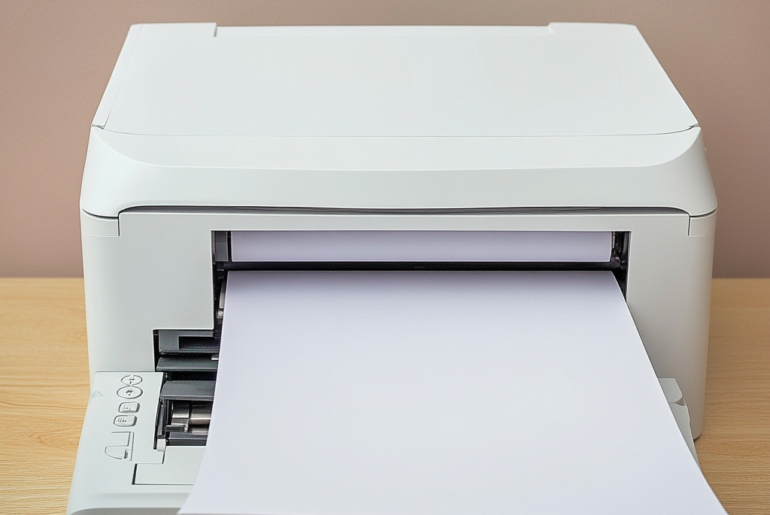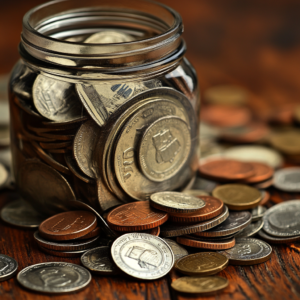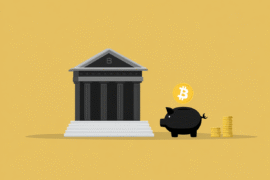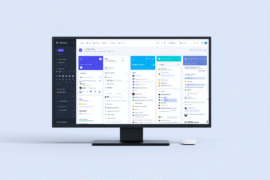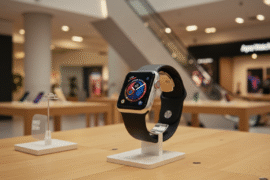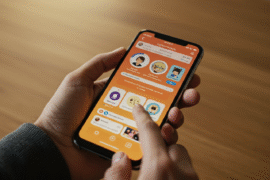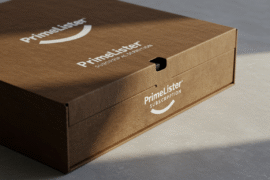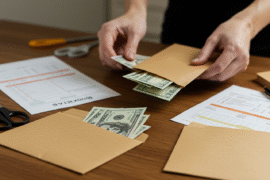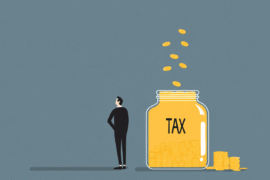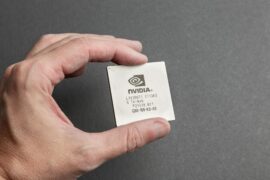This article may contain references to products or services from one or more of our advertisers or partners. We may receive compensation when you click on links to those products or services. Nonetheless, our opinions are our own.
The information presented in this article is accurate to the best of our knowledge at the time of publication. However, information is subject to change, and no guarantees are made about the continued accuracy or completeness of this content after its publication date.
I used to think a home office needed a printer—like a kitchen needs a stove. It seemed non-negotiable. But after replacing ink cartridges that cost more than the printer itself (again), standing over a jammed tray for the third time that week, and clearing out yet another pile of paper clutter, I cracked. The tipping point? Printing a single-page form turned into a 40-minute ordeal that ended with smeared ink and a paper-cut.
So I quit. Cold turkey. I unplugged the printer, dropped it off at an e-waste center, and promised myself: never again. What started as frustration became a full-on transformation. I decluttered, digitized, and rethought how documents flow through my life. Now my workspace is clean, my workflow is fast, and I haven’t bought a pack of paper in over a year.
The False Convenience of Paper
At first, I thought printing gave me control. A tangible page in hand felt secure. But when I tallied the time and cost, it was absurd. Ink refills were $40 a pop. Paper ran out just when I needed it. And the printer—when it wasn’t jammed or “offline” for no reason—was a constant stressor. What I thought was convenient was actually a bottleneck.
Then there was the clutter. Stacks of forms, signed documents, to-dos, and notes-to-self. It made my desk look busy and my mind feel even busier. Worse, I could never find what I needed when I needed it.
Transitioning meant unlearning habits. I had to stop thinking of paper as the default. And once I did, I realized how redundant it had become. The environmental impact of paper production was another eye-opener—how many trees and how much water and energy it actually consumes.
Digitizing My Workflow
My first step was scanning everything I wanted to keep: old tax forms, lease agreements, medical records, receipts. I used my phone and a scanning app. It took a few weekends, but it was worth it. I uploaded everything to the cloud and set up folders by category.
Next, I tackled how I received documents. I changed account settings so bills and statements came via email. I told my landlord I preferred PDFs. I switched to digital receipts. Slowly, the mailbox started filling with fewer and fewer envelopes.
The final hurdle was document editing. This used to be a major reason I printed: to sign, highlight, or correct. Not anymore. There are tools now that let you do everything digitally, often better than pen and paper.
I also explored cloud-based solutions to improve workflow efficiency that helped replace physical paperwork with smarter digital infrastructure.
Learning about the broader benefits of going paperless reinforced the shift for me. From cost savings to environmental gains and improved productivity, the upside was impossible to ignore.
I also came across a list of best document workflow software options that helped me narrow down tools that matched my style.
PDF Tools Changed the Game
One of the biggest breakthroughs was realizing I didn’t need Microsoft Word to tweak a contract or form. I could upload the file to a platform that handled editing natively. That’s where tools like Xodo came in. I used their convert your word docs to PDF feature to flip between formats depending on what I needed. Want to preserve layout? PDF. Need to revise a sentence? Convert to Word, edit, then switch back.
It preserved formatting better than anything I’d tried before. And it worked online, so no software install or license required. Just drag, drop, done.
I also discovered some of the best designer apps that helped streamline everything from layout tweaks to annotating documents right from my tablet.
Voted "Best Overall Budgeting App" by Forbes and WSJ
Monarch Money helps you budget, track spending, set goals, and plan your financial future—all in one app.
Get 50% OFF your first year with code MONARCHVIP
Redefining My Daily Routine
Going paperless wasn’t just about the files. It changed how I worked. No more stacks to sort through. No more notes lost in a shuffle. Everything is searchable. My calendar is digital, synced across devices. I use a tablet and stylus when I want to handwrite something. I sign documents with my finger.
And it’s faster. Much faster. If someone emails me a form, I can fill it out, sign it, and send it back in minutes. Before, that was a print-sign-scan-email marathon.
Paper made me feel organized, but it was an illusion. Digital actually is organized. And it travels with me.
I also began using AI tools that can help streamline writing tasks, like summarizers and text generators, to speed up documentation.
Making the Switch Stick
There were slip-ups. A few times, I reached for the printer—only to remember it was gone. But each time, I found a workaround. And slowly, those workarounds became the new norm.
If you’re considering ditching paper, here’s what I recommend:
- Start with backlog: Scan important docs and back them up.
- Set digital defaults: Change delivery preferences for bills, statements, and receipts.
- Pick the right tools: PDF editors, e-signature apps, cloud storage—these replace 90% of what you’d use paper for.
Most importantly, commit to the mindset. It’s not about perfection. It’s about progress. Every step toward digital clears space in your life.
Even scheduling blog posts to streamline your workflow became easier once I shifted everything online.
One of the keys to making the switch sustainable was relying on the best cloud storage and file-sharing services, which let me access everything from anywhere.
Final Thoughts
I haven’t just stopped printing. I’ve stopped thinking like a printer user. My workflow now flows—no jams, no cartridge refills, no chaos. Going paperless was less about technology and more about choice: choosing clarity over clutter, speed over tradition.
The only thing I regret is not doing it sooner. If your printer feels more like a burden than a tool, trust that feeling. Unplug it. Reclaim your desk. And let digital do the rest.

Reviewed and edited by Albert Fang.
See a typo or want to suggest an edit/revision to the content? Use the contact us form to provide feedback.
At FangWallet, we value editorial integrity and open collaboration in curating quality content for readers to enjoy. Much appreciated for the assist.
Did you like our article and find it insightful? We encourage sharing the article link with family and friends to benefit as well - better yet, sharing on social media. Thank you for the support! 🍉
Article Title: The Hidden Cost of Printing: How I Finally Went Fully Paperless
https://fangwallet.com/2025/04/08/the-hidden-cost-of-printing-how-i-finally-went-fully-paperless/The FangWallet Promise
FangWallet is an editorially independent resource - founded on breaking down challenging financial concepts for anyone to understand since 2014. While we adhere to editorial integrity, note that this post may contain references to products from our partners.
The FangWallet promise is always to have your best interest in mind and be transparent and honest about the financial picture.
Become an Insider

Subscribe to get a free daily budget planner printable to help get your money on track!
Make passive money the right way. No spam.
Editorial Disclaimer: The editorial content on this page is not provided by any of the companies mentioned. The opinions expressed here are the author's alone.
The content of this website is for informational purposes only and does not represent investment advice, or an offer or solicitation to buy or sell any security, investment, or product. Investors are encouraged to do their own due diligence, and, if necessary, consult professional advising before making any investment decisions. Investing involves a high degree of risk, and financial losses may occur including the potential loss of principal.
Source Citation References:
+ Inspo
There are no additional citations or references to note for this article at this time.
